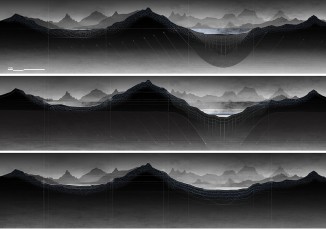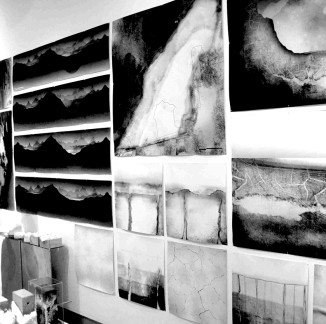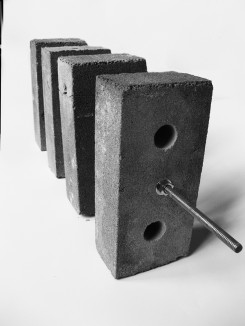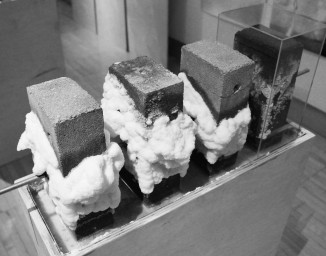Salt of the Earth: The Nature of Architecture the Architecture of Nature
Lake Bonneville is an ancient body of water that, 17,000 years ago at its peak, was the size of current Lake Michigan. Due to climate change and receding glaciers, Lake Bonneville desiccated into two current but entirely separate entities: its waters, which we call The Great Salt Lake, and its residues, which we call the Bonneville Salt Flats.
The precipitous materialization and dematerialization of the ancient lake has had lasting effects on a landscape in Northwestern Utah that is, to this day, still in the process of returning to its natural equilibrial state. Namely, the earth’s crust, which is sustaining isostatic rebound from the removal of the lake’s mass, and the basin’s subterranean freshwater artesian aquifer, which is continually re-contaminated by residual lake salts that dissolve into its seasonal water cycle.
As the crust continues to rebound, the salty alluvial deposits of Lake Bonneville are pushed upward and pass through the underground aquifer channels, perpetually corrupting its waters. When the aquifer surfaces on the basin floor through crustal fissures, the freshwater-turned-brine water evaporates, leaving behind its salts to recharge the Bonneville Salt Flats. Therefore, this project posits that, in forty-thousand years, when the basin crust is likely to reach its isostatic equilibrium, the aquifer will have completely purged the soil of Lake Bonneville's pernicious salts, re-amalgamating them into a single, isolated body: The Bonneville Salt Flats. Consequently, when the earth is relieved of its salt content, when the soil has been purged, the aquifer will once again be transporting potable water to the basin floor that is not covered by the salt flats, providing for a diversity of vegetation and wildlife that the landscape will not have seen for nearly fifty-five thousand years.










